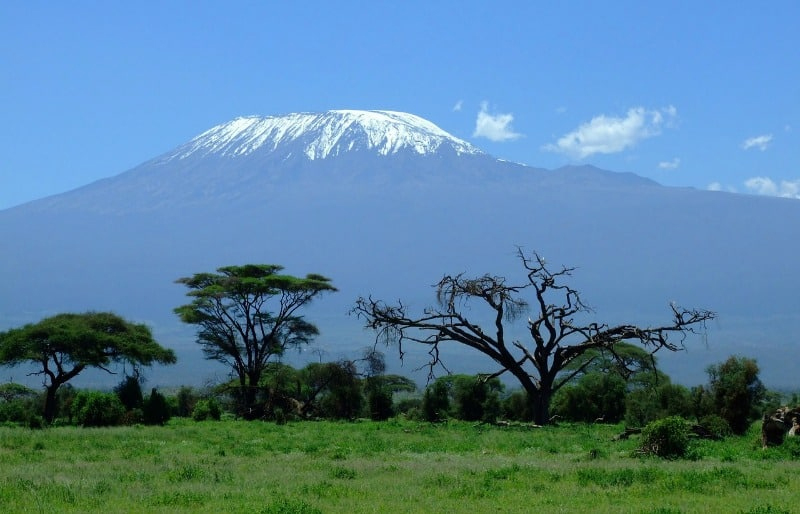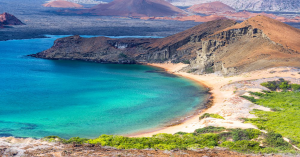Tanzania is a country of stunning natural beauty and rich cultural diversity. It is home to seven UNESCO heritage sites, which are places of outstanding universal value to humanity. These sites showcase the remarkable history, art, and wildlife of Tanzania, from the ancient rock paintings of Kondoa to the majestic Mount Kilimanjaro. In this post, we will explore what makes these sites so special and why you should visit them on your next trip to Tanzania.
My Top 3 Picks: Tanzanian’s UNESCO Heritage Sites
Table of Contents
Toggle1. The Kondoa Rock-Art Sites
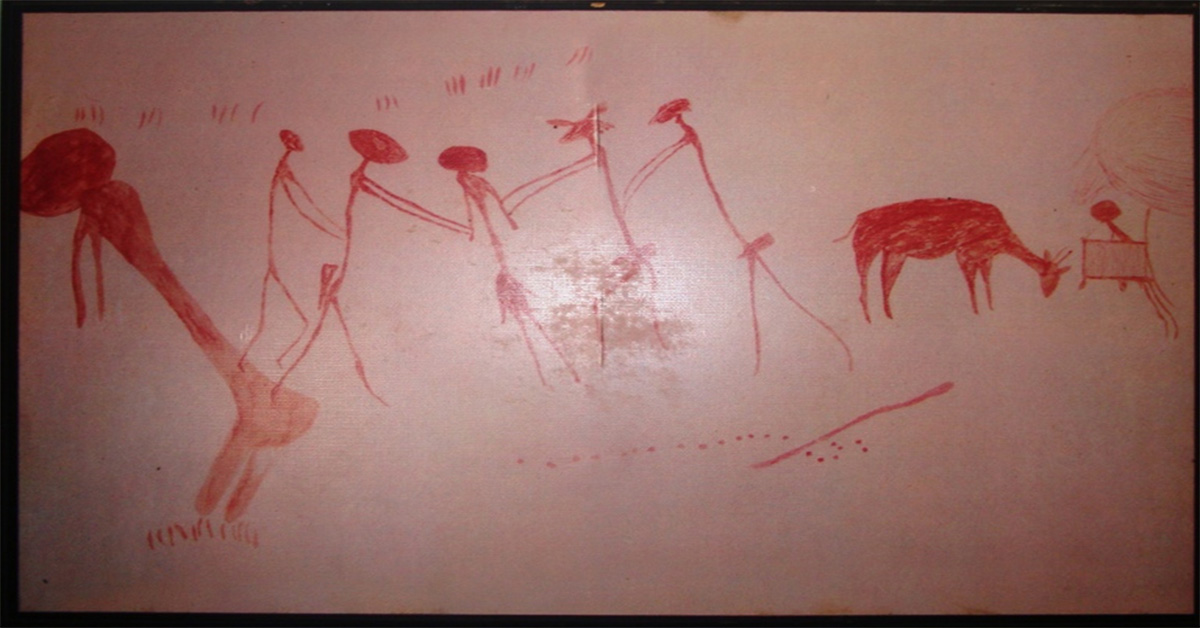
The Kondoa Rock-Art Sites are a series of ancient paintings on rockshelter walls in central Tanzania, dating back over 50,000 years. They are a UNESCO World Heritage Site since 2006, and a national monument of Tanzania since 1937. The paintings reflect the life and beliefs of the hunter-gatherer and pastoralist communities that inhabited the area, and show a unique variation of styles and themes. The paintings are also associated with the living traditions and rituals of the local Sandawe and Maasai people, who still use some of the sites for ceremonies such as rainmaking, divining, and healing.
As a Tourist, you should visit the Kondoa Rock-Art Sites for the following reasons:
- To appreciate the artistic value and diversity of the paintings, which depict elongated human figures, animals, hunting scenes, domesticated cattle, and geometric patterns in red, white, and black colors.
- To learn about the history and culture of the people who created and used the paintings, and how they adapted to the changing environmental and social conditions over time.
- To experience the natural beauty and geological formations of the area, which provide shelter and protection for the paintings, and offer scenic views of the Masai escarpment and the Great Rift Valley.
- To witness the ongoing cultural significance and use of the paintings by the local communities, and to respect their beliefs and customs.
The Kondoa Rock-Art Sites are a remarkable testimony to the human creativity and resilience in Africa, and a valuable heritage for Tanzania and the world.
2. The Ruins of Kilwa Kisiwani and Ruins of Songo Mnara
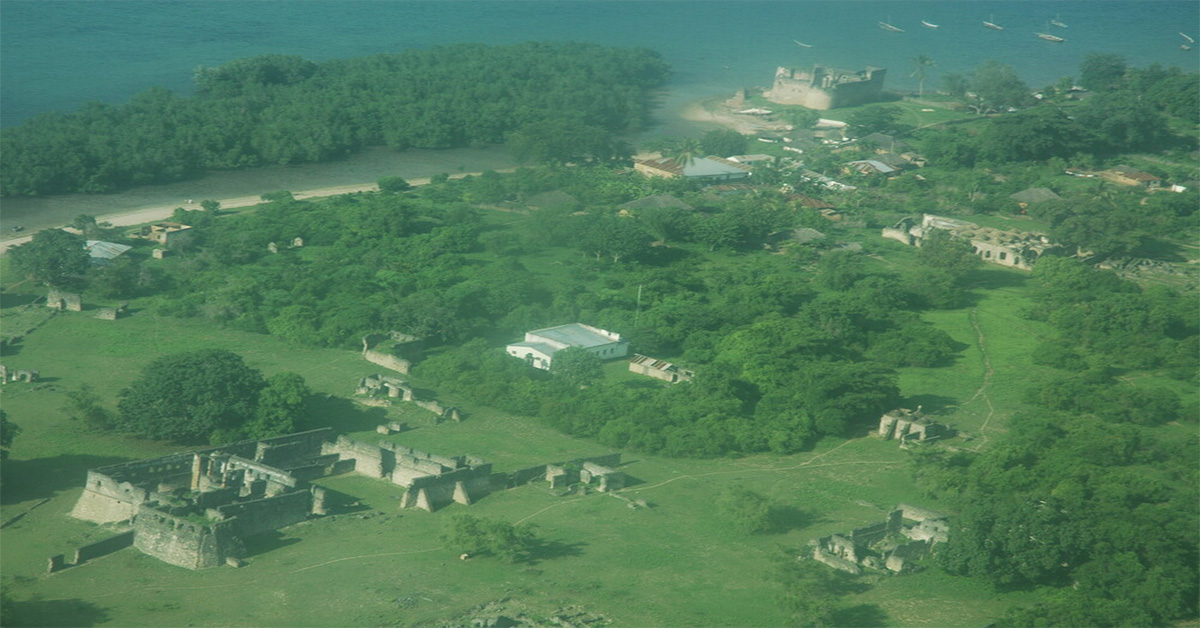
The Ruins of Kilwa Kisiwani and Ruins of Songo Mnara are the remains of two medieval Swahili port cities that were once among the most prosperous trading centers in the Indian Ocean region, linking Africa, Arabia, India, and China1. They are a UNESCO World Heritage Site since 1981, and a national monument of Tanzania since 19642. The ruins, built of coral and lime mortar, include mosques, palaces, public squares, houses, and fortifications, which reflect the diverse influences of Arab, Persian, Indian, European, and African cultures that shaped the architecture, urban fabric, and social identity of the cities.
Tourists should visit the Ruins of Kilwa Kisiwani and Ruins of Songo Mnara for the following reasons:
- To admire the artistic and architectural value of the ruins, which showcase the sophistication and innovation of Swahili coastal culture, such as the Great Mosque of Kilwa Kisiwani, the largest and oldest mosque in East Africa, and the palace of Husuni Kubwa, one of the most impressive structures in medieval Africa.
- To learn about the history and culture of the people who lived and traded in the cities, and how they contributed to the economic, social, and political dynamics of the region, as well as the spread of Islam and Swahili language in East Africa.
- To experience the natural beauty and ecological diversity of the islands, which provide a habitat for various marine and terrestrial species, such as dolphins, turtles, birds, and mangroves.
- To witness the ongoing cultural significance and use of the ruins by the local communities, and to respect their beliefs and customs, such as the annual festival of Mwaka Kogwa, which celebrates the Swahili New Year.
The Ruins of Kilwa Kisiwani and Ruins of Songo Mnara stand as remarkable witnesses to the Swahili civilization and its significant impact on the global history of trade and cultural exchange.
3. The Stone Town of Zanzibar
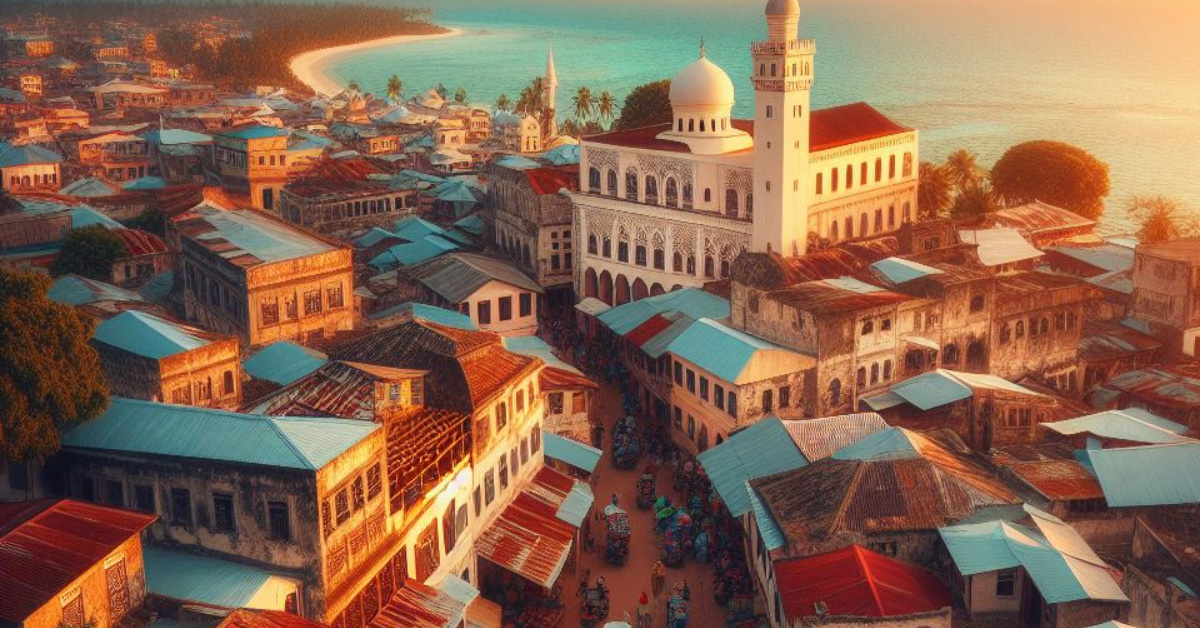
The Stone Town of Zanzibar is the old part of Zanzibar City, the main city of Zanzibar, in Tanzania. It is a UNESCO World Heritage Site since 2000, and a national monument of Tanzania since 1964. The town is a fine example of the Swahili coastal trading towns of East Africa, which developed over more than a millennium under the influence of Arab, Persian, Indian, European, and African cultures. The town has a unique architecture, urban fabric, and townscape, mostly dating back to the 19th century, built of coral stone and mangrove timber, and decorated with carved wooden doors, balconies, and verandas.
Prospective visitors are encouraged to explore the Stone Town of Zanzibar due to the following compelling reasons:
- To admire the artistic and historical value of the town, which contains many monuments and buildings that reflect its role as a slave-trading port, a spice-trading center, and a symbol of cultural resistance, such as the Old Fort, the House of Wonders, the Old Dispensary, the Anglican Cathedral, the Slave Market, and the Palace Museum.
- To learn about the culture and identity of the people who lived and traded in the town, and how they contributed to the development of the Swahili language, literature, music, and cuisine, as well as the spread of Islam and Sufism in East Africa.
- To experience the vibrant and diverse atmosphere of the town, which is still a living and working place for thousands of residents, and offers a variety of activities, such as shopping in the bazaars and markets, strolling in the narrow alleys, watching the sunset at the seafront, and enjoying the nightlife and entertainment.
- To witness the ongoing conservation and management efforts of the town, which aim to preserve its heritage and authenticity, while addressing the challenges of urban development, tourism, and climate change.
The Stone Town of Zanzibar serves as a fascinating testament to the Swahili civilization and its significant influence on the global history of trade and cultural exchange.
4. Kilimanjaro National Park
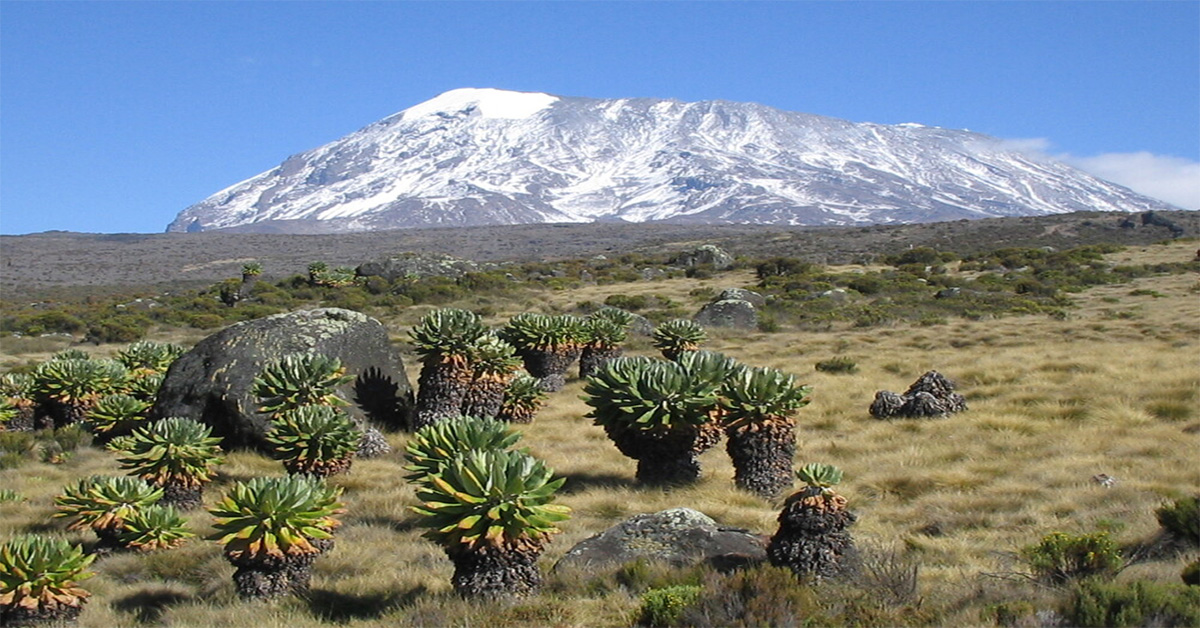
Kilimanjaro National Park is a Tanzanian national park that protects the highest mountain in Africa and the tallest free-standing mountain in the world, Mount Kilimanjaro. The park covers an area of 1,688 square kilometres and includes the whole of the mountain above the tree line and the surrounding montane forest belt above 1,820 metres13. The park is a UNESCO World Heritage Site since 1987 and a national monument of Tanzania since 197314.
Tourists should visit Kilimanjaro National Park for the following reasons:
- To challenge themselves and experience the thrill of climbing the highest peak in Africa, which has seven different routes, each with its own ecosystems and difficulties.
- To admire the scenic beauty and diversity of the mountain, which has five main vegetation zones from the lowest to the highest point: lower slopes, montane forest, heath and moorland, alpine desert and summit.
- To learn about the geology and history of the mountain, which is one of the largest volcanoes in the world and has three main volcanic peaks: Kibo, Mawenzi and Shira.
- To encounter the wildlife and flora of the park, which is very rich in species, especially mammals, many of them endangered, such as the Kilimanjaro tree hyrax, the grey duiker, the bushbuck, the red duiker, the cape buffalo, the elephant, the blue monkey, the eastern black and white colobus, the bushbaby and the leopard.
Kilimanjaro National Park stands as an extraordinary natural wonder, offering an unparalleled and unforgettable adventure for tourists eager to explore the majestic peak of Africa.
5. The Selous Game Reserve
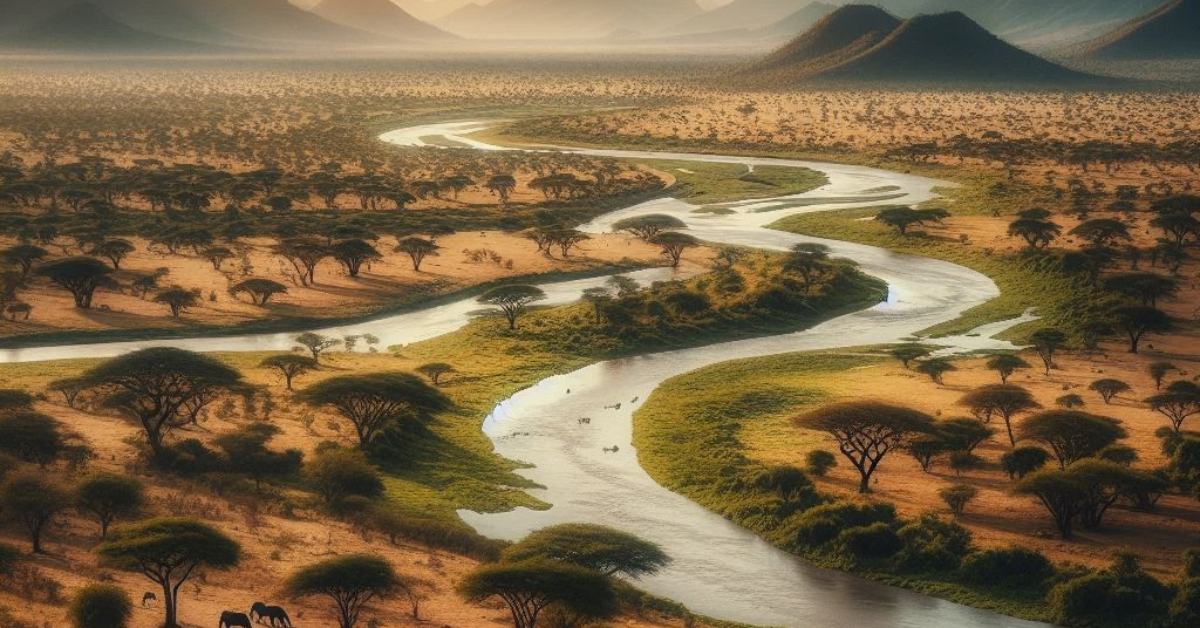
The Selous Game Reserve, now partly renamed as Nyerere National Park, is a protected area in southern Tanzania that covers an area of 54,600 square kilometres, making it the largest game reserve in Africa and one of the largest in the world. It was designated a UNESCO World Heritage Site in 1982 due to its wildlife diversity and undisturbed nature. The reserve is part of a larger ecosystem that includes the Niassa Game Reserve in Mozambique and has a rich variety of habitats, from Miombo woodlands to swamps, and a unique feature of seasonal rivers.
There are compelling reasons for tourists to consider visiting the Selous Game Reserve, including:
- To encounter the wildlife and flora of the reserve, which is very rich in species, especially mammals, many of them endangered, such as the African bush elephant, south-central black rhinoceros, hippopotamus, lion, African wild dog, African buffalo, Masai giraffe, plains zebra and Nile crocodile. The reserve has one of the highest concentrations of elephants and the largest population of wild dogs in Africa.
- To enjoy the activities and adventures of the reserve, which offer a variety of options, such as game drives, walking safaris, boat safaris, fishing, birdwatching, and fly camping. The reserve also has several airstrips that allow easy access and scenic views of the landscape.
- To learn about the history and culture of the reserve, which has a long and fascinating past, dating back to the Stone Age, when the first human settlements were established in the area. The reserve was named after Frederick Selous, a famous big game hunter and early conservationist, who died at Beho Beho in this territory in 1917 while fighting against the Germans during World War I. The reserve is also home to the local communities of the Ndengereko, Pogoro, Ngoni, Hehe, and Matumbi, who have their own traditions and customs.
- To experience the natural beauty and tranquility of the reserve, which is one of the most pristine and remote wilderness areas in Africa, with a low human impact and a high degree of protection. The reserve is also known for its scenic features, such as the Rufiji River, which flows into the Indian Ocean opposite Mafia Island and the Stiegler Gorge, a canyon of 100 metres depth and 100 metres width.
The Selous Game Reserve stands as an extraordinary natural phenomenon, offering an unparalleled and unforgettable experience for tourists eager to delve into the untamed essence of Africa.
6. Serengeti National Park
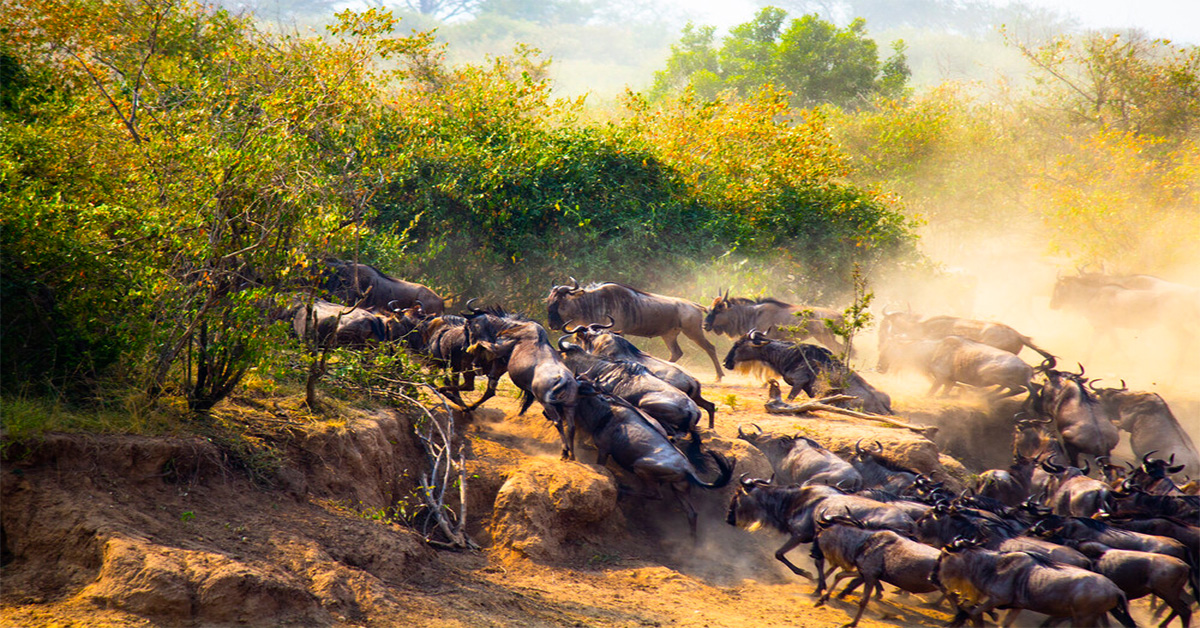
Serengeti National Park is a large national park in northern Tanzania that covers an area of 14,763 km2 (5,700 sq mi). It is part of the Serengeti ecosystem, which extends to the Maasai Mara National Reserve in Kenya and the Ngorongoro Conservation Area in Tanzania. The park is famous for hosting the largest and most diverse wildlife migration in the world, as well as the largest and most diverse predator-prey interactions. The park was established in 1951 and designated a UNESCO World Heritage Site in 1981.
Tourists should visit Serengeti National Park for the following reasons:
- To witness the Great Migration, which is the annual movement of over 1.5 million wildebeests, 250,000 zebras, and hundreds of thousands of other ungulates across the plains and rivers of the Serengeti, following the seasonal rains and grasses. The migration is one of the most spectacular natural phenomena on Earth, and attracts thousands of predators, such as lions, leopards, cheetahs, hyenas, and crocodiles, creating dramatic scenes of life and death .
- To encounter the wildlife and flora of the park, which is very rich in species, especially mammals, with over 70 large and 500 small mammal species recorded in the park. The park has one of the highest concentrations of lions in Africa, with an estimated 3,000 individuals, and is also home to endangered species, such as the black rhinoceros, the African wild dog, and the cheetah. The park also boasts over 500 bird species, including ostriches, secretary birds, vultures, eagles, and flamingos.
- To enjoy the activities and adventures of the park, which offer a variety of options, such as game drives, walking safaris, balloon safaris, camping, and cultural visits. The park has several airstrips that allow easy access and scenic views of the landscape. The park also has a range of accommodation options, from luxury lodges and tented camps to budget campsites and public rest houses.
- To learn about the history and culture of the park, which has a long and fascinating past, dating back to the early human evolution, when some of the oldest hominid fossils were found in the Olduvai Gorge and the Laetoli footprints. The park was also the setting for the famous book and documentary Serengeti Shall Not Die by Bernhard and Michael Grzimek, which raised awareness and support for the conservation of the park in the 1950s. The park is also home to the local communities of the Maasai, Datoga, and Hadzabe, who have their own traditions and customs.
Serengeti National Park offers a unique and unforgettable experience for tourists who want to explore the wild side of Africa.
7. The Ngorongoro Conservation Area Authority (NCAA)
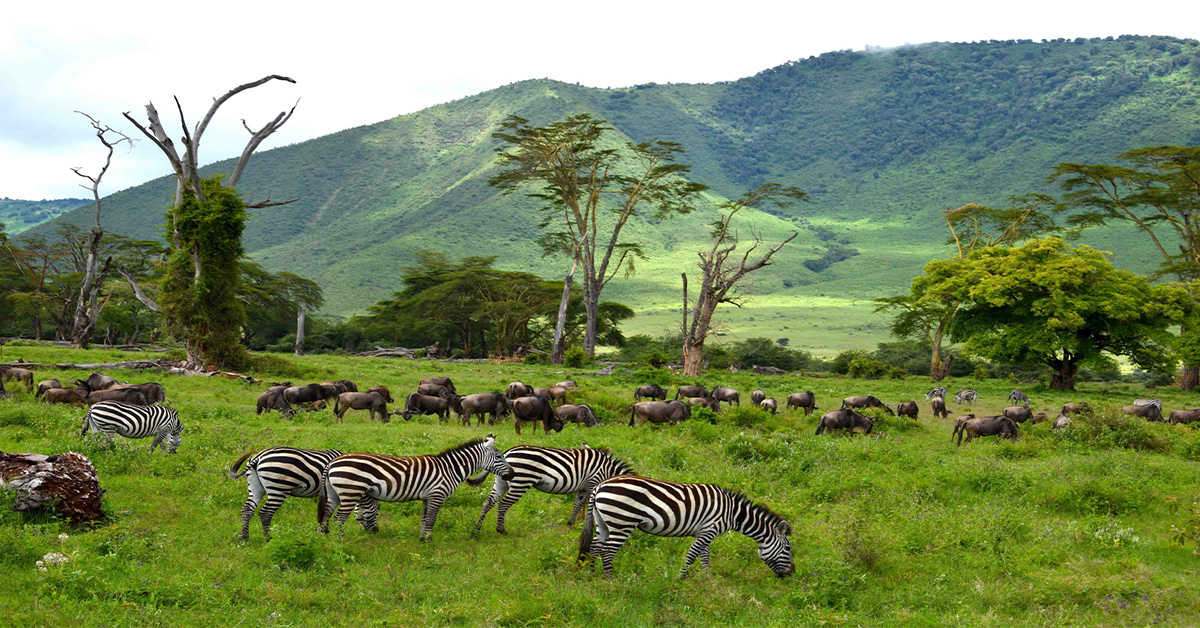
The Ngorongoro Conservation Area Authority (NCAA) is a state-owned organization that manages the Ngorongoro Conservation Area (NCA), a protected area in northern Tanzania that covers an area of 8,292 km2 (3,202 sq mi). The NCA is a UNESCO World Heritage Site since 1979 and a national monument of Tanzania since 19592. The NCA is a unique ecosystem that encompasses the Ngorongoro Crater, the world’s largest unbroken volcanic caldera, as well as the Olduvai Gorge and Laetoli, where some of the earliest evidence of human evolution has been found.
Prospective visitors are encouraged to explore the Ngorongoro Conservation Area (NCA) due to the following compelling reasons:
- To admire the scenic beauty and diversity of the NCA, which has a variety of habitats, from grasslands and woodlands to lakes and swamps, and a spectacular view of the crater, which is 610 m (2,000 ft) deep and 260 km2 (100 sq mi) in area.
- To encounter the wildlife and flora of the NCA, which is very rich in species, especially mammals, with over 25,000 large animals living in the crater, including the endangered black rhinoceros, the densest population of lions in Africa, and the only population of elephants that are not affected by poaching. The NCA also hosts over 500 bird species, including flamingos, ostriches, and eagles.
- To learn about the history and culture of the NCA, which has a long and fascinating past, dating back to 3.6 million years ago, when the Laetoli footprints, the oldest evidence of bipedalism in the world, were left by our ancestors. The NCA was also the setting for the famous book and documentary Serengeti Shall Not Die by Bernhard and Michael Grzimek, which raised awareness and support for the conservation of the NCA in the 1950s. The NCA is also home to the local communities of the Maasai, Datoga, and Hadzabe, who have their own traditions and customs.
- To enjoy the activities and adventures of the NCA, which offer a variety of options, such as game drives, walking safaris, cultural visits, and crater tours. The NCA also has several airstrips that allow easy access and scenic views of the landscape. The NCA also has a range of accommodation options, from luxury lodges and tented camps to budget campsites and public rest houses.
The NCA offers a unique and unforgettable experience for tourists who want to explore the wild side of Africa.

